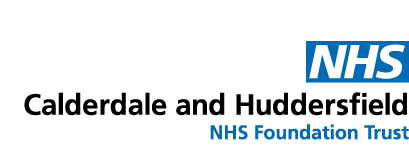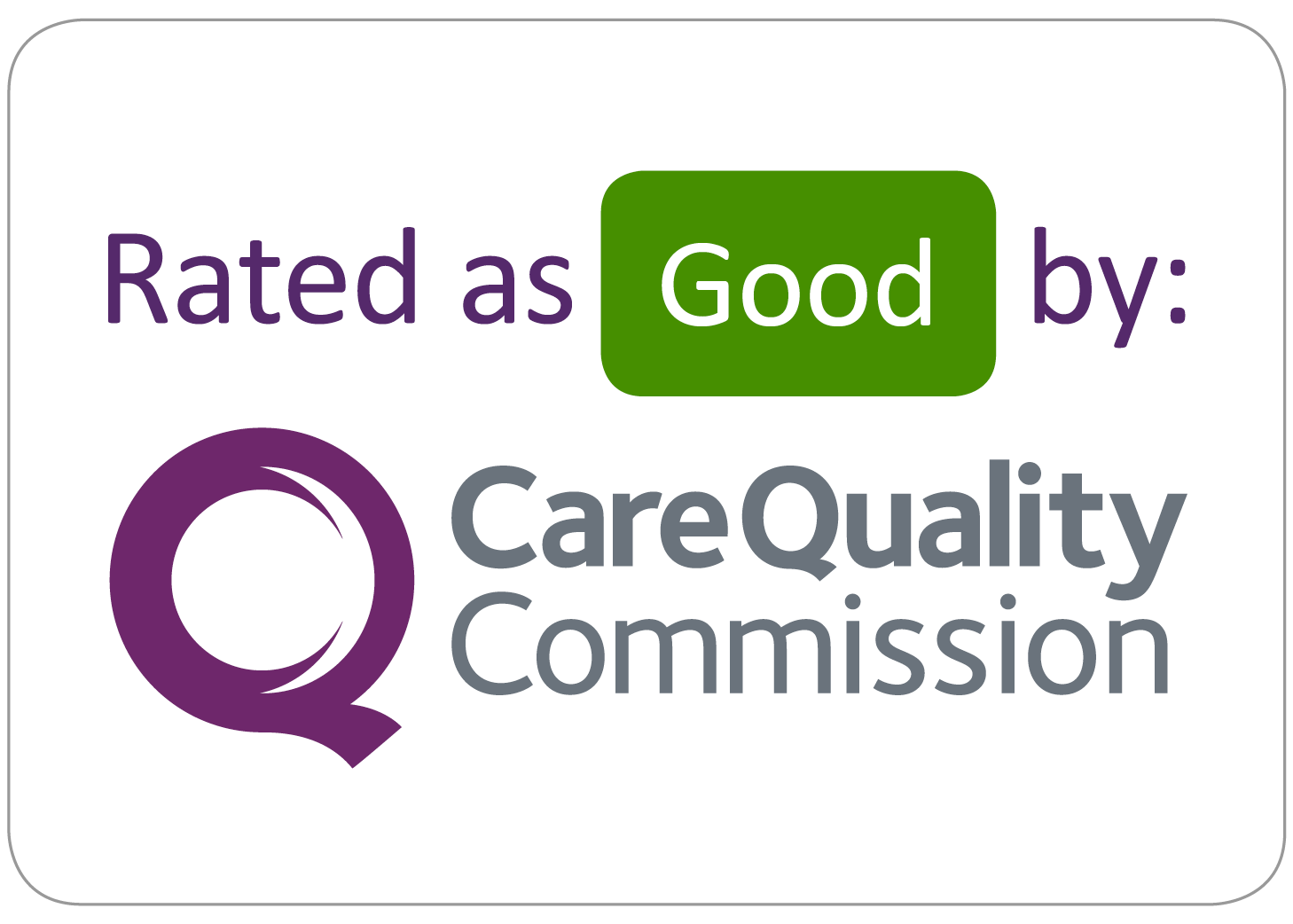Appendices
Appendix 1 – CHFT EMRAM SCORE
CHFT EMRAM Score

Appendix 2 - Investment
Investment Plan
Below outlines the detail behind the capital expenditure for the Scan for Safety and Digital Aspirant

Investment - Scan4Safety

Scan for Safety the allocation of funding has been provisioned for fours years. Year 1 and Year 2 Funding has been allocated. Year 3 and Year 4 we are currently refining the allocation of the funding to ensure that latest business needs are accounted for.

2021-21

Scheme | 2020-21 |
|---|---|
Inventory Management | 202,056 |
Hardware (TC51/Griffin Cabinets) | 204,499 |
Active Temperature Monitoring | 86,042 |
Estates - GLIN'S | 34,493 |
Observation to EPR Interface | 90,490 |
Programme Staff | 102,000 |
Contingency | 46,421 |
Total Funding Allocation | £766,000 |
Investment - Scan4Safety Priorisation
Benefits | ||||||||
|---|---|---|---|---|---|---|---|---|
Case Study | Description | Patient Benefits (50%) | Score (0/10) | Staff Benefit (25%) | Score (0/5) | Financial Benefit (25%) | Score (0/5) | Total |
Asset Tracking | The capability of tracking key assets around the hospital | Critical Equipment is tagged and easily trackable | 8 | Reduction in time spent looking for equipment releasing time to care for patient | 4 | High Value Assets are able to be tracked Significant saving with reduction in timeliness of finding | 4 | 80% |
Inventory/Catalogue Management | Deploying an inventory/catalogue management across the organisation (.e. theatres/wards) | Inventory is effectively managed throughout the organisation and ready for patients when and where needed | 6 | Reduction in time administrating inventory (i.e. stock takes) releasing time to care | 3 | Increased ability to automatically monitor inventory throughout the organisation | 3 | 60% |
Temperature Monitoring | Ability to automate the monitor of fridges/ambient storage areas | All inventory held in fridges is held at the appropriate temperature not impacting effectiveness. | 10 | Promoting a paper lite organisation. Removing administration duties from the organisation . | 4 | Supporting a paper lite organisation. Reduction in wastage of inventory | 2 | 80% |
GS1 Wristband | Implementing Global Standards on the patients wristbands | Supporting Closed Loop Medicine across the estate improving Patient Safety | 8 | Making the environment a safer place to work by using digital solutions reducing opportunities for errors to be made | 4 | Enabling the effective delivery | 2 | 70% |
G LINS | Implementing Global Standards in Location Tracking | Global Stand Standards of Location supporting organisational efficiencies | 5 | Reduction in time in locating inventory items around the trust | 2 | Enabling the efficient delivery of inventory/items throughout the organisation removing wastage | 2 | 45% |
Observations to EPR Interface | Interface Vital Observations Machine directly into the Electronic Patient Record | Timeliness of patient vital sign data entering the system | 10 | Reducing the need to manually type and reducing opportunities for mistakes | 4 | Increasing efficiency of staff conducting | 2 | 80% |
Multi Functional Devices | Deployment of a Multi Functional Devices on the wards supporting Nerve Centre, Voice Recognition etc. | Patient Experience is increased as one device at the bedside completes multiple tasks | 8 | Reduction in using multiple devices on the Wards | 4 | Reducing the burden of a mixed device estate in the organisation | 2 | 70% |
Investment - Digital Aspirant
There are 23 Trusts that are part of the Digital Aspirant funding which the objective of supporting Digital Transformation to enable us to provide safe and efficient care. The aim is to accelerate procurement, deployment and most importantly, uptake of the technology that is a platform for digital transformation to thrive.
The table below outlines the what the organisation is planning on spending on Digital Aspirant Funding in the upcoming years.


Investment Digital Aspirant Priorisation
Scan for Safety the allocation of funding has been provisioned
Benefits | ||||||||
|---|---|---|---|---|---|---|---|---|
Case Study | Description | Patient Benefits (50%) | Score | Staff Benefit (25%) | Score | Financial Benefit (25%) | Score | Total |
Voice Recognition | The ability to use Voice Recognition to input speech into clinical systems and non clinical systems | Enriched patient record by enabling clinicians to enter information at the time of consultation | 8 | Reduction in staff completing administration duties creating future capacity for increase demand | 4 | Limited financial saving however improvements in quality | 2 | 70% |
e-Consent | To digitise the documentation of a patient’s informed consent prior to an investigation or treatment is undertaken | Streamlined digital process for patients along with a standardise approach to consent | 8 | Reduction in administration duties of handling paper time and making the environment safer for clinicians to work in | 3 | Reduction in cost saving attached to printing and scanning costs. | 3 | 70% |
EMIS/Cerner Interface | Interface between prescribing system (EMIS) and Electronic Patient Record (EPR) | Reduction in risk of adverse drug events occurring by removing dual entry into systems | 8 | Safer environment for clinicians to work by removing transcribing between two systems | 4 | Reduction in administration costs for the organisation releasing time to care | 3 | 75% |
Wi-Fi | Refreshment of Wi-Fi Infrastructure | Patients ability to connect | 8 | Continuation of service | 4 | Reduction in deployment | 3 | 75% |
Closed Loop | Enabling Closed in Medical Management and Administration | Increased safety for patients as all elements are connected | 10 | Safer environment for clinicians to work | 5 | Reduction in errors | 3 | 90% |
Cardiology | Interoperability within the Cardiology Suite of systems | Seamless interaction for all Cardiology Suite of Systems | 9 | Able to access information | 6 | Effective utilisation of clinical systems | 3 | 90% |
Network/ Infra-structure | Refreshing the organisation network is secure and high performance | All medical systems /hardware are on the latest network | 7 | Systems/Equipment working at optimal performance for staff to complete duties | 7 | Reduction in time wasted | 4 | 90% |
Agile Working | Supporting agile working for the workforce | Reduction in non-clinical staff onsite supporting social distancing | 6 | Enable to effectively, safely work from home | 5 | Less reliance on the hospital estate | 5 | 80% |

















